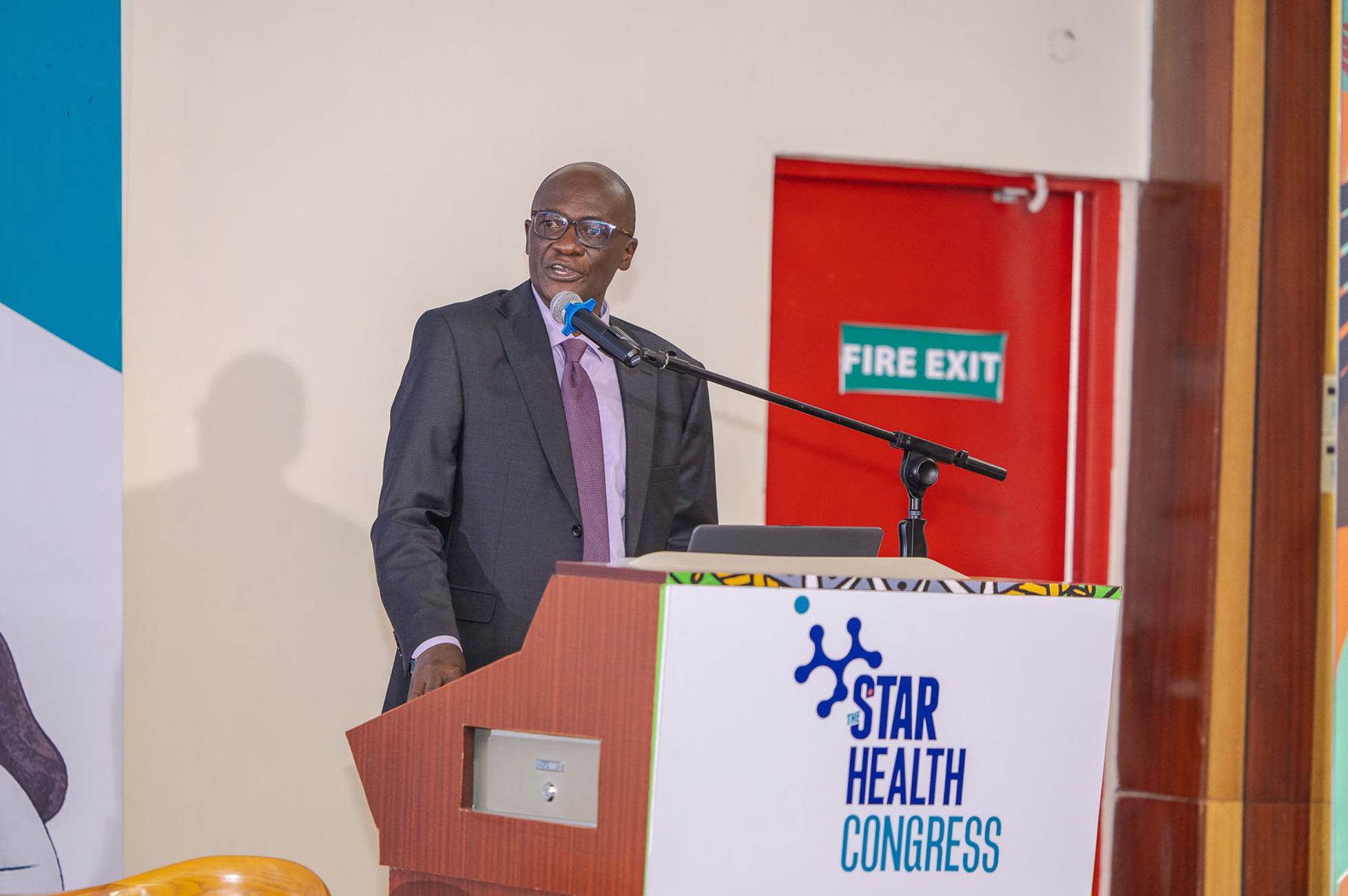 Dr Patrick Amoth, Director General (DG) of Health, speaking at The Star-APHRC Inaugural National Science Research Translation Congress held at the APHRC headquarters in Nairobi on Wednesday, October 22, 2025. Photo/ APHRC
Dr Patrick Amoth, Director General (DG) of Health, speaking at The Star-APHRC Inaugural National Science Research Translation Congress held at the APHRC headquarters in Nairobi on Wednesday, October 22, 2025. Photo/ APHRC
This strategic change, confirmed by Dr. Patrick Amoth, Director General (DG) of Health, marks a transition toward what the country views as "safer and more effective immunization strategies."
According to DG Amoth the primary driver for the transition is the low but persistent risk associated with the continued use of OPV.
‘Oral Polio Vaccine (OPV) is a live attenuated vaccine produced by weakening the poliovirus. While highly effective, the weakened virus can, in rare instances and particularly in areas with low immunization coverage, mutate into vaccine-derived poliovirus (VDPV). This VDPV strain can cause paralysis in unvaccinated populations,’ DG Amoth told reporters in Nairobi.
DG Amoth was speaking at The Star-APHRC Newspaper’s Inaugural National Science Research Translation Congress held at the APHRC headquarters in Nairobi.
Inactivated Polio Vaccine (IPV), originally developed by Dr. Jonas Salk in 1955, contains inactivated (killed) poliovirus strains of all three types. It is administered by injection (intramuscularly or intradermally) and stimulates the production of antibodies that prevent the virus from reaching the central nervous system, thus protecting against paralysis. It carries no risk of VDPV.
Dr. Amoth noted that the risk of paralytic polio associated with continued OPV use is now considered greater than the risk of importing wild poliovirus, aligning Kenya's strategy with the global endgame strategy for polio eradication. The shift will also address the challenges of OPV’s strict requirements for transport and storage, which can be difficult to maintain in hot or remote regions.
Poliomyelitis (polio) is a highly infectious virus that primarily affects children under five. Although 90–95percent of infections are asymptomatic, in rare cases, it can lead to permanent paralysis or, in severe cases, death from the paralysis of respiratory muscles. Since there is no cure for polio, vaccination remains the most effective preventive measure.
However experts says that, although IPV effectively prevents paralysis, it does not completely stop the transmission of the virus. Therefore, OPV, with its ability to induce mucosal immunity, will continue to be used temporarily for outbreak responses, even in countries that rely on IPV for routine immunization.
Kenya’s shift from OPV to IPV comes amidst growing concerns over the financial stability of global polio eradication programs.
The Global Polio Eradication Initiative (GPEI), led by the World Health Organization (WHO) and partners like the Gates Foundation, has announced a 30percent budget cut in 2026.
This cut according to GPEI leaves a $1.7 billion funding gap through 2029. The shortfall is largely attributed to reductions in foreign aid, particularly from major donors such as the United States (which has also started withdrawing from WHO programs), Germany, and the United Kingdom.
Dr. Jamal Ahmed, WHO's Director for Polio Eradication, stated that operations in lower-risk areas will need to be scaled back unless outbreaks occur.
Despite the fact that wild poliovirus has been eradicated from most of the world, it remains endemic in Pakistan and Afghanistan. Simultaneously, vaccine-derived strains continue to emerge in countries with low vaccination coverage, with 149 cases reported this year alone, including in Nigeria.
With World Polio Day on October 24, health experts are urging a renewed commitment to eradication goals, warning that dwindling donor support, coupled with conflict, weak health systems, and increasing vaccine hesitancy, poses a significant threat to decades of progress.
Dr. Amoth affirmed that Kenya remains "steadfast in ensuring every child is protected until polio is wiped out completely."
The DG urged health professionals and public health agencies emphasize that sustaining high immunization rates is the best protection. Additionally, parents should ensure that their children complete vaccinations and should be given according to the schedule.
He also urged members of the public to maintain hygiene at all times, ensuring that they wash hands regularly, consume safe drinking water, and avoid unsanitary conditions that could facilitate the virus’s spread.
Dr Amoth also reminded parents to report any suspected cases, saying that any sudden onset of weakness or paralysis in a child should be reported to healthcare authorities without delay.












